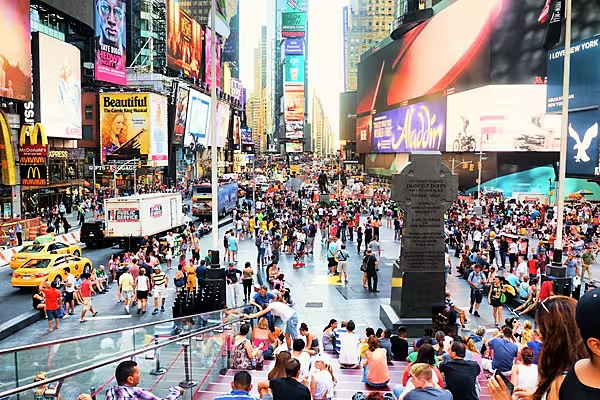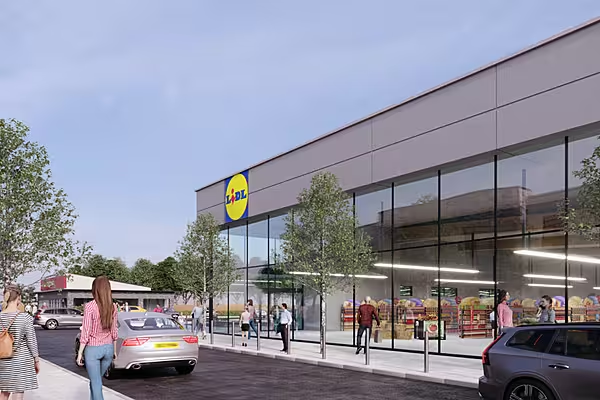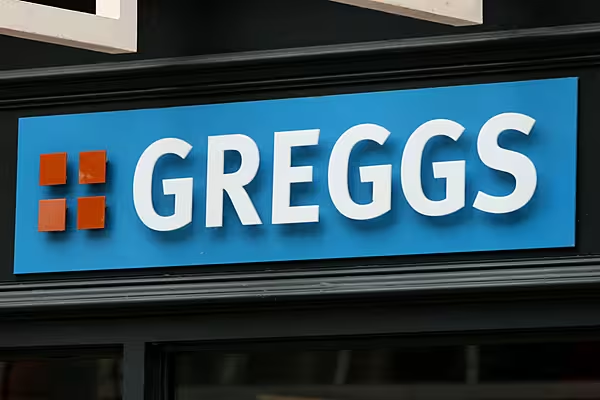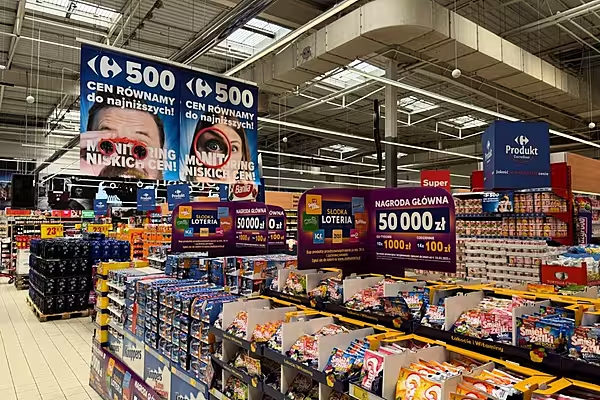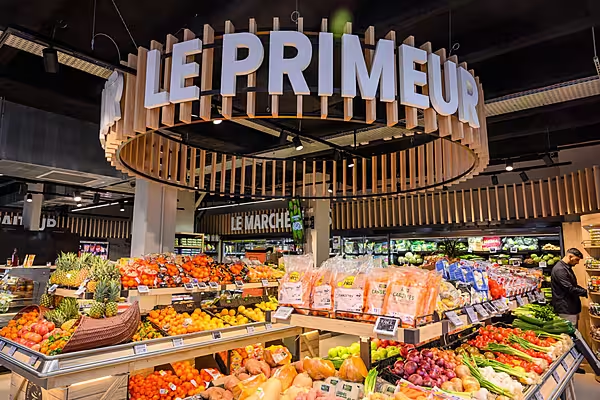Retail sales increased solidly in the U.S. in April as consumers bought motor vehicles amid an improvement in supply and frequented restaurants, showing no signs of demand letting up despite high inflation.
Retail sales rose 0.9% last month, the Commerce Department said. Data for March was revised higher to show sales advancing 1.4% instead of 0.7% as previously reported.
Economists polled by Reuters had forecast retail sales accelerating 0.9%, with estimates ranging from as low as 0.2% to as high as 2.0%. Last month's increase reflects both strong demand and higher prices.
Retail sales are mostly goods, and are not adjusted for inflation, which appears to have peaked in April. Bars and restaurants are the only services category in the report.
Earlier this week, retail giant Walmart reported a 3% increase in same-store sales in its first quarter.
Spending Increase
According to the Bank of America, aggregate credit and debit card spending increased 13% year-on-year in April. The bank noted that while inflation was leading to higher spending, it was "clear consumer strength goes beyond this." Consumer price inflation increased 8.3% year-on-year in April.
A tight labour market is generating strong wages and allowing cash-squeezed consumers to take a second job or pick up extra shifts, providing some cushion against inflation. Households also accumulated massive savings during the pandemic, some of which are being deployed to maintain spending.
Retail Sales Increase
Excluding automobiles, gasoline, building materials and food services, retail sales increased 1.0% in April. Data for March was also revised higher to show these so-called core retail sales increasing 1.1% instead of 0.7% as previously reported.
Core retail sales correspond most closely with the consumer spending component of gross domestic product. Last month's solid rise in core retail sales suggests that consumer spending got off to a strong start in the second quarter, a view that is supported by credit and debit card data from several banks showing increased outlays on travel and entertainment.
Strong consumer spending and robust business investment in equipment helped to underpin domestic demand in the first quarter even as GDP contracted at a 1.4% annualised rate because of a record trade deficit and slightly moderate pace of inventory accumulation relative to the October-December quarter.
Read More: US Consumers To Spend $1 Trillion Online In 2022: Report
News by Reuters, edited by ESM – your source for the latest retail news. Click subscribe to sign up to ESM: European Supermarket Magazine.
